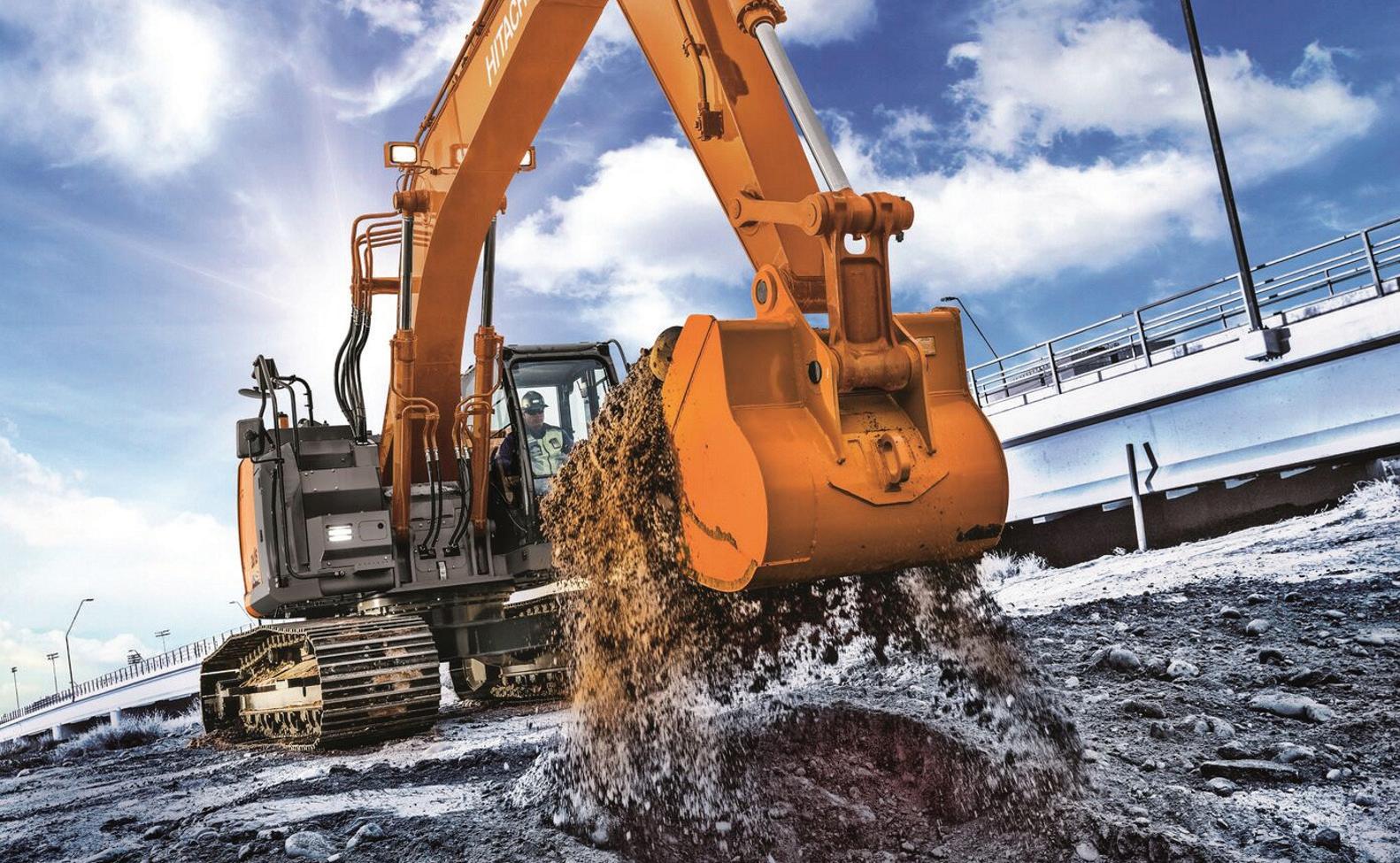FEATURE
GETTING A HANDLE ON GRIPPERS
Choose the right technology with these key facts and features behind several gripper types. BY MICHAEL GUELKER
From electronics manufacturing to automotive assembly, grippers have become an important part of material handling processes in many industries. Their recent growth is tied to the rise of robotics, including the need for robots to take on special tasks and handle increasingly complex workpieces. The result is there are now more grippers to choose from than ever. In North America alone, the gripper market is worth roughly $100 million— and that number is expected to climb up to 5 percent each year. With all the recent developments in robotics and gripping technology, it can be difficult to know which gripper is best for your application. The following article will provide an overview of common gripper types, including mechanical, soft, adaptive, vacuum and magnetic. It will also explore their key design features, as well as the benefits they offer in various applications. To help you select the right gripper, it’s important to first consider the nature of the task, the operating environment and the workpiece itself, including
22 DESIGN ENGINEERING March/April 2021
its size, mass and material. Other factors to keep in mind include upfront, operating and maintenance costs, as well as energy consumption.
Mechanical Grippers
When it comes to handling applications, pneumatic or electric mechanical grippers are the most common. Pneumatic grippers, which make up 90 percent of the market, tend to be more lightweight and cost-effective than their electric counterparts. They also feature higher grip forces, can handle faster cycle rates and are more suitable for harsh environments. Electric grippers, on the other hand, offer greater precision, affording end-users with force and travel control. At the same time, they tend to be heavier due to the presence of a motor and other internal components, which also drives up their upfront costs. Whether electric or pneumatic, mechanical grippers fall into several design classes. Parallel grippers, for example, incorporate fingers that pull directly apart. Two-finger designs are the most common, making up 85 percent of the mechanical gripper market, while three-finger
designs are suitable for handling round objects or performing centering functions. Other examples include radial and angular grippers, which feature fingers that open at an angle. Radial grippers open to 180 degrees, making them suitable for applications involving varying or inconsistent workpiece sizes. Angular grippers tend to be faster than 180 degree designs and open to roughly 30 degrees. Other important considerations include the gripping force, the guiding strength of the jaws and the design of the gripper itself—all of which depend on the nature of the workpiece. In general, the longer the gripper fingers, the longer the lever arm, which exerts more torque on the jaws. In addition, flat finger designs provide a friction-based grip for bulky or robust parts, while encapsulated designs work best for slippery parts requiring more precision.
Soft and Adaptive Grippers
Mechanical gripper fingers accommodate various workpieces, from high friction to delicate parts.
Soft and adaptive grippers can handle workpieces of various shapes, sizes and orientations, enabling automation in areas where it previously didn’t exist. Because they don’t have any sharp edges, these types can handle food, glass and other delicate objects without damaging or marking the surface. They’re also ideal for small work areas. Compared to mechanical variants, however, soft and mechanical grippers are less precise and operate at slower speeds. They are also more susceptible to dirt, oil and other contaminants. Oftentimes, soft and adaptive grippers incorporate innovative, tweezer-like designs that can adapt to the contours of various workpieces. For example, the Festo DHAS features the company’s Fin Ray structure, derived from the movement of a fish tail. Two flexible bands, which meet at the top like a triangle, are connected by ribs. Using flex
Images courtesy of Festo Corp
FLUID POWER PNEUMATICS
DESIGN-ENGINEERING.com






